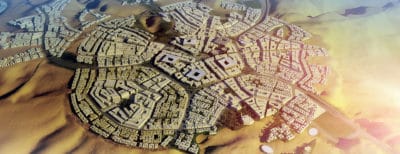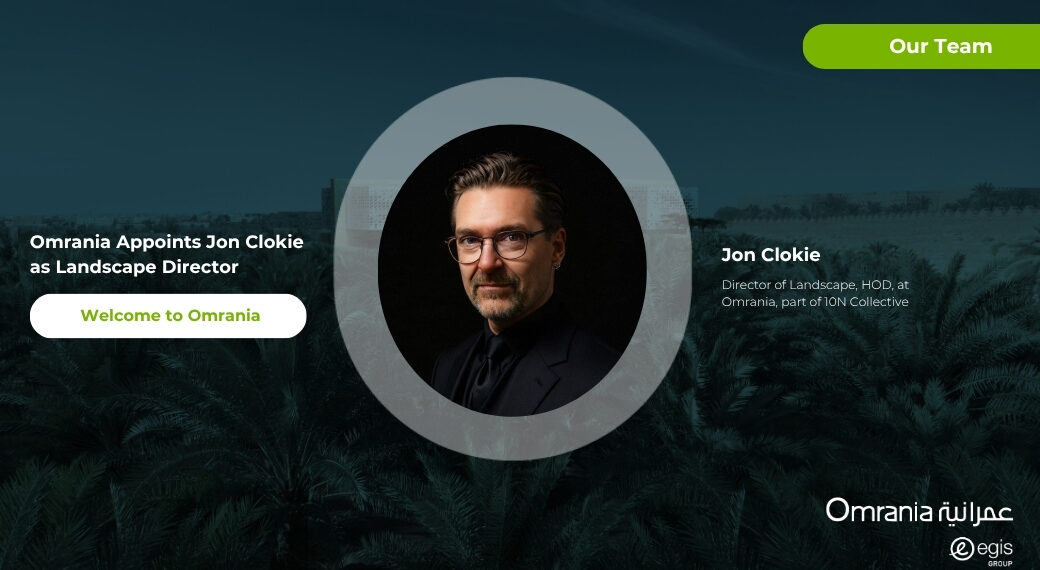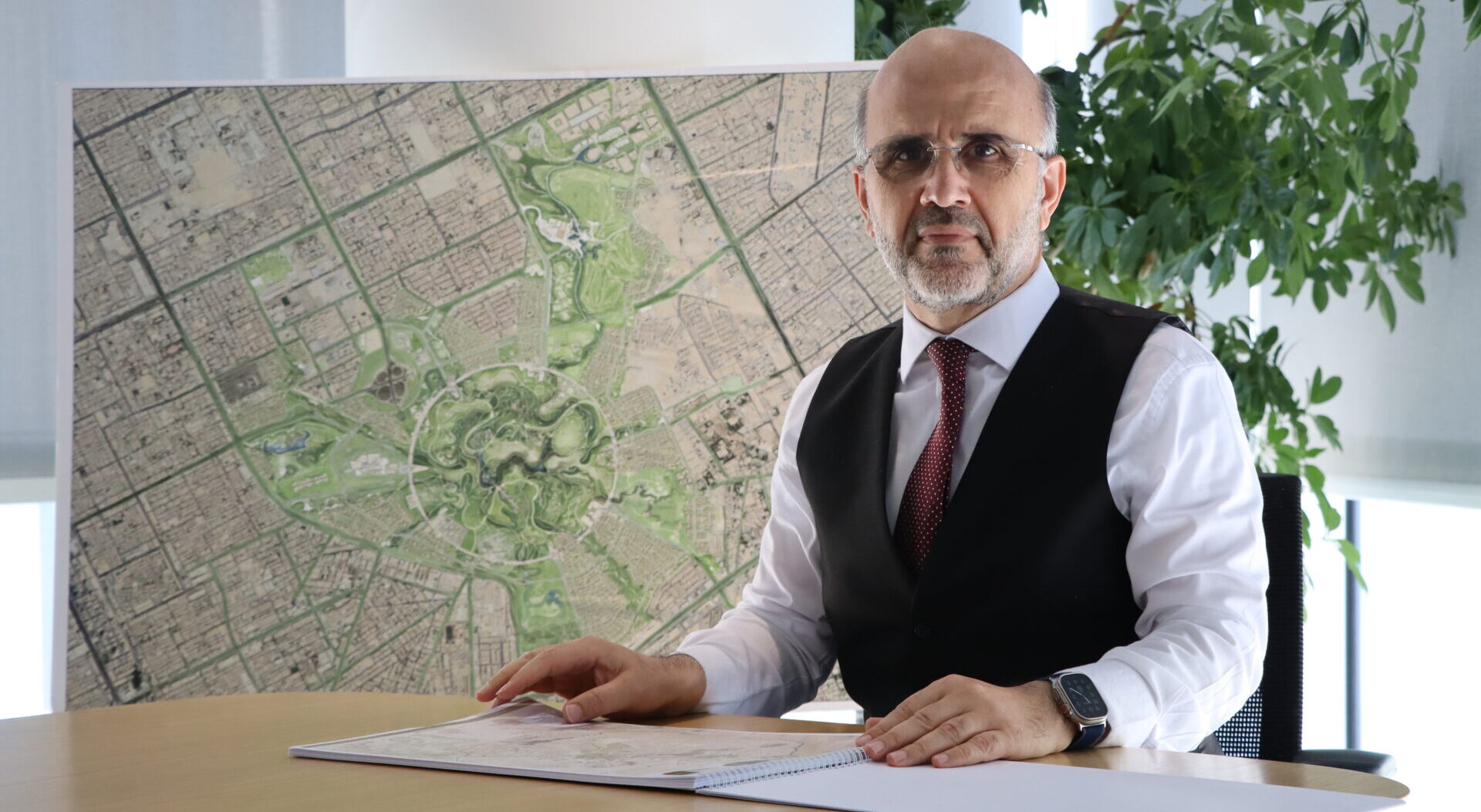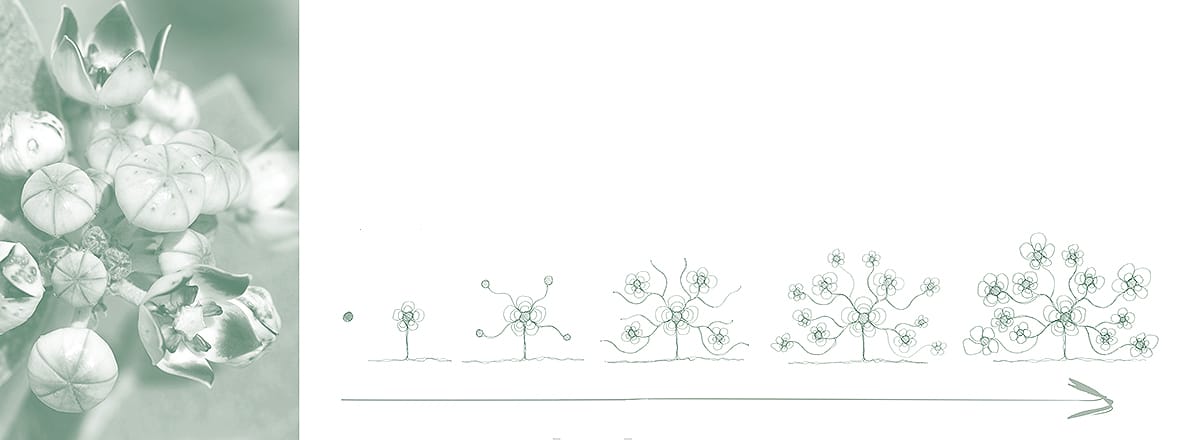 Organic urbanism is an approach to planning inspired by the adaptive capacity of organisms to their environment.
Organic urbanism is an approach to planning inspired by the adaptive capacity of organisms to their environment.
.
This post is part of a series on the planning and design of eco-cities of the future, particularly in the Gulf region, incorporating case studies and contemporary research.
By Hugh Kidman, Chief Design Architect
Nature’s ability to adapt to changing conditions can serve as a model to planners and architects looking to create sustainable environments. The notion of organic urbanism suggests that the development of future cities should be informed by the growth processes, structures, forms, and adaptations found in the natural world. A renewed focus on the workings of ecological systems provides an alternative to the abstract schemes and purely technological solutions that for too long dominated modernist planning.
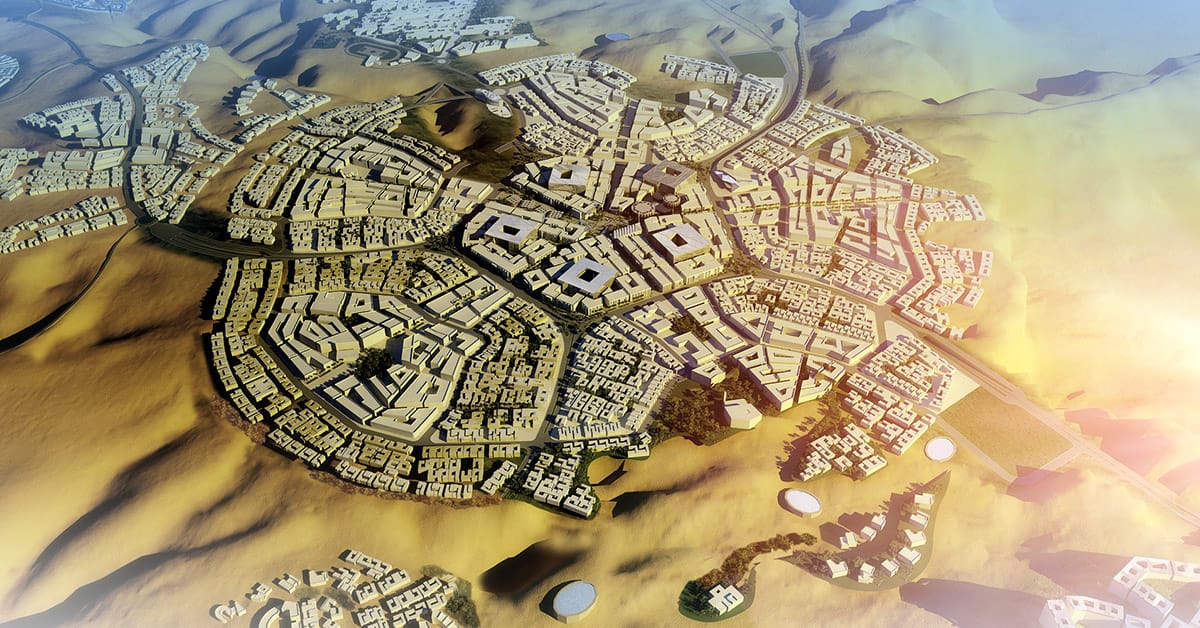
KA-CARE is conceived of as a research-focused, net-zero-carbon, and environmentally sustainable prototype city that would position Saudi Arabia as a global leader in renewable energy technology. The 6,500-hectare development is also envisioned as a model for resilient urban growth that promotes the conservation of resources
Omrania developed these principles of organic urbanism after being invited — along with 14 of the world’s preeminent design firms, including Foster + Partners, SOM, and Snøhetta — to develop a design for the King Abdullah City for Atomic & Renewable Energy (KA-CARE), a proposed eco-city of 80,000 people outside Riyadh. In collaboration with international firms Barton Willmore and Ramboll, Omrania created the framework for a high-tech, sustainable city incorporating lessons learned from nature. The result was a comprehensive sustainable development strategy that earned a place on the shortlist of the top three finalists. In addition to organic urbanism, the project emphasized site research, landscape and environmental strategy, transport strategy, and renewable energy strategy.
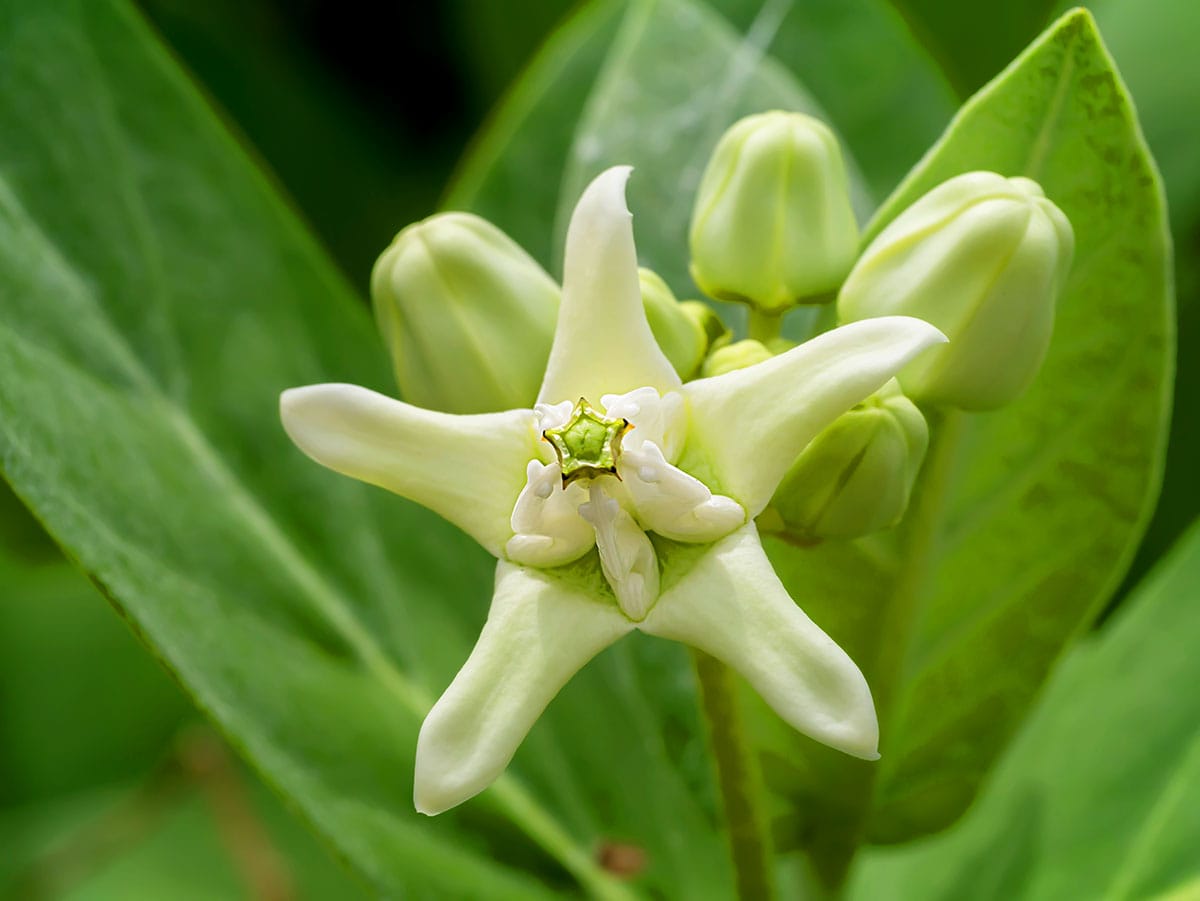
The Calotropis, a flowering plant native to desert regions, represents an ideal combination of resilience, efficiency, and beauty for developing complex systems and structures in an arid climate.
The ecology of the proposed development site provided inspiration at an early stage. Despite the seemingly barren aspect of the arid, sun-baked site, closer examination revealed a sensitive and diverse ecosystem populated by organisms adapted to survive the harsh climate. One such organism, the Calotropis, a hardy flowering plant that thrives in the desert, became a fitting symbol of the project’s biomimetic approach.
Organic structures resonate with macro-scale urban planning in their systems of metabolism are inherently well-ordered and resilient, being the result of a lengthy evolutionary process. Adaptation and mutation create key nodes and can be interpreted as points of interest in the organization of urban form. In this way the plan promotes a flexible mix of uses and appropriately scaled density to accommodate future growth and emerging technologies.

In addition to emission-free energy production and related education and research institutions, the project includes a full urban complement of residential, retail, healthcare, leisure, and commercial facilities, plus schools, community centers, and mosques.
A phased, incremental growth strategy is essential to the sustainable development framework of the Omrania proposal. Six distinct phases would allow nodes of development to fuse gradually together into the full urban fabric. These phases are balanced in terms of both use and geography. The mix of uses includes scientific, residential, educational, commercial, and high-tech manufacturing facilities, plus recreational and ecological open space.
The organic approach to the organization of the master plan follows the principle that each phase of development is capable of operating on its own, rather than being presented as a component of some greater whole yet to be realized. Thus, the scheme is effectively modular, as is so often the case in nature, being self-sustaining and decentralized, while also seeking to create environments that are humane, even joyful.
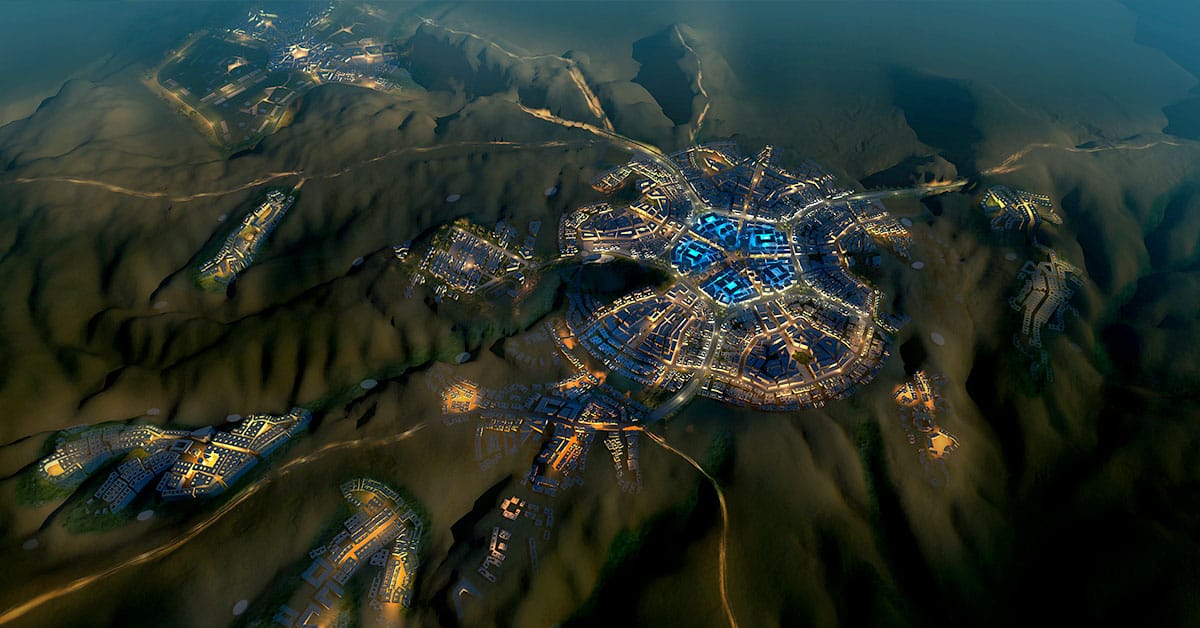
An incremental development plan comprising six distinct phases would allow the new city to develop organically, with separate nodes of development fusing gradually together to form the mature urban fabric.
Organic urbanism is just one of the many exciting concepts that can contribute to the development of healthy and sustainable eco-cities
Omrania, a renowned architecture firm, has established a reputation for excellence in blending aesthetic and functional design, setting a benchmark for architecture firms in Riyadh, Saudi Arabia.






